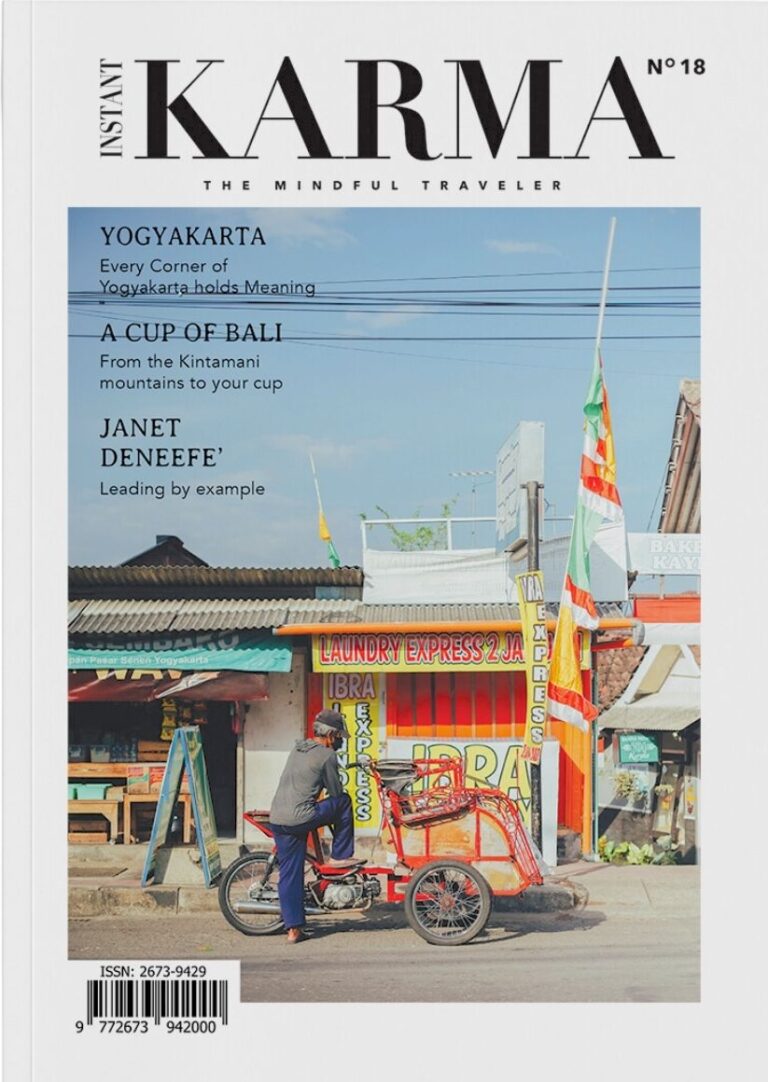The last bastion of the Javanese Kingdom lies in Yogyakarta. In fact, the Kraton serves as the focal point of the city, with its origins dating back to the time of Sultan Hamengkubuwono Hadiningrat I, the first king who established the Sultanate and then expanded outwards to create a new center of civilization later known as Yogyakarta.
Kraton Yogyakarta is one-half of the Mataram Kingdom that was divided under the Giyanti Agreement during the Dutch occupancy in 1755.
The Giyanti Agreement effectively divided the Mataram Sultanate into two separate entities, creating the two principal royal courts that continue to exist to this day: the Surakarta Sultanate (now known simply as Solo) and the Yogyakarta Sultanate. This division was meant to bring stability and avoid further conflicts over the throne. Fast forward to the 21st century, and the old ways still reign supreme within the corridors of the Kraton.
One fascinating aspect of the Kraton is the meticulous consideration given to every design and architectural feature, which extends to the careful selection of vegetation planted in its surroundings.
Three revered sites are widely perceived as the point of development; each feature holds a special symbolic meaning related to the Javanese worldview—the Kraton, Mount Merapi, and the South Sea—which sit on a straight line.
However, in truth, this alignment is purely symbolic. But just like in Bali, the mountain and the sea are considered holy places, with the south sea being the home of the mystical Nyi Roro Kidul, the Queen of the Southern Seas.
The sites sit on a south-north line between the Kraton, Tugu Golong Gilig, and Panggung Krapyak. Together they depict a person’s life cycle, starting from Panggung Krapyak to the north, representing birth or womb, and the Golong Gilig Monument to the south, which signifies unity with God.
As one resident noted, today, the city may not be as quiet as back in the day, but the allure remains. You just have to know where to look. Every building, tree, and flower stands for something, and every direction points to somewhere meaningful. So which way do you want to go? yogyakarta




